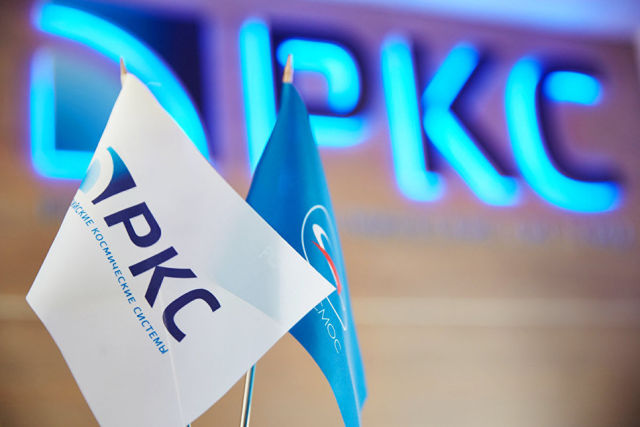The Russian Space Systems Holding Company (RKS), part of the state Corporation Roscosmos, announced the development of a next-generation active phased array (AFAR) receiving and transmitting module. The solution opens the way to the deployment of high-speed orbital radio lines.
Russian specialists have created new modules for AFAR with the function of adjusting the phase and amplitude of the ultrahigh frequency (microwave) signal. The product is based on an electronic component base of RKS's own development.
The module components are mounted on microwave boards created on the basis of the highly reliable LTCC (Low Temperature Co-fired Ceramic) technology — low-temperature co-fired ceramics.
"The advanced materials, the set and layout of the module elements are selected in such a way that, with low energy consumption, it ensures the perfect operation of the emitters — microstrip antennas, which, when transmitting and receiving signals, will be continuously exposed to the harsh conditions of outer space," the message says.
As part of the new AFAR, 144 emitters are involved. The mass of the entire antenna assembly will slightly exceed 15 kg, and the power consumption will be about 140 watts. At the same time, the system will provide a bandwidth of up to 2400 Mbit/s, which is twice as much as compared to current complexes.
It is expected that the new development of the RCS will be used to transmit information from Russian satellites to the Earth, including remote sensing devices with high-resolution equipment.

